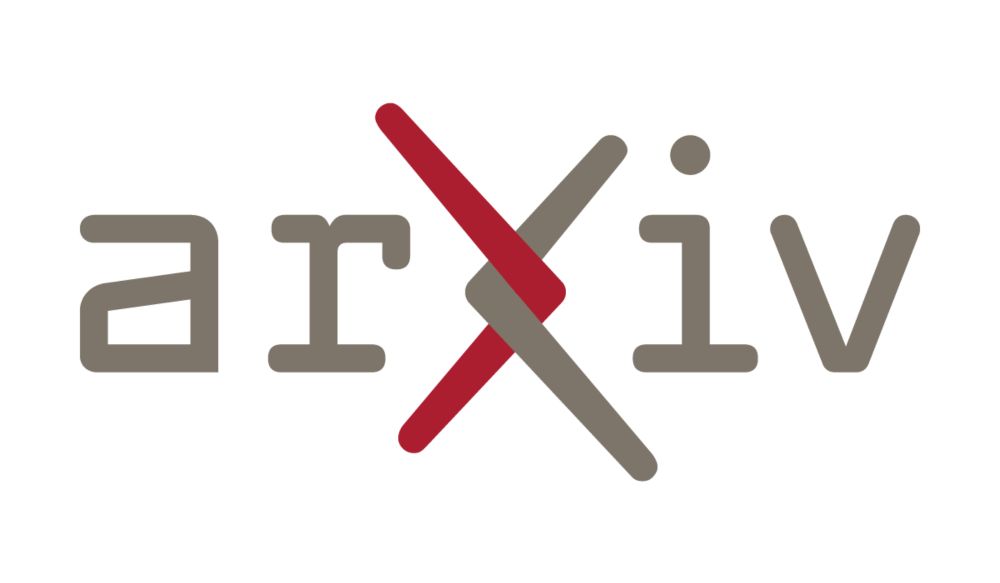
It baffles me to think about all of this. 🤗
It baffles me to think about all of this. 🤗
In a core, we can have multiple register blocks (context blocks) to access different instructions. This way if a process is stalled, the processor quickly jumps to another.
In a core, we can have multiple register blocks (context blocks) to access different instructions. This way if a process is stalled, the processor quickly jumps to another.
In a single core if we have duplicate ALUs we can operate of a bunch of data in a single clock tick. The catch? Each operation should be the same.
Single instruction Multiple Data
In a single core if we have duplicate ALUs we can operate of a bunch of data in a single clock tick. The catch? Each operation should be the same.
Single instruction Multiple Data
A single processor consists of a control unit, arithmetic unit and some registers. How about we duplicate this block into multiple blocks? This is the multi-core architecture. As a programmer you would need to explicitly mention which code runs where.
A single processor consists of a control unit, arithmetic unit and some registers. How about we duplicate this block into multiple blocks? This is the multi-core architecture. As a programmer you would need to explicitly mention which code runs where.
Your program is a list of instructions. This list almost always has independent instructions. A superscalar processor would identify them and execute seperately in the same clock tick.
Your program is a list of instructions. This list almost always has independent instructions. A superscalar processor would identify them and execute seperately in the same clock tick.
huggingface.co/collections/...
HF model collection for OpenCLIP and timm:
huggingface.co/collections/...
And of course big_vision checkpoints:
github.com/google-resea...

huggingface.co/collections/...
HF model collection for OpenCLIP and timm:
huggingface.co/collections/...
And of course big_vision checkpoints:
github.com/google-resea...
arxiv.org/abs/2502.14786
HF blog post from @arig23498.bsky.social et al. with a gentle intro to the training recipe and a demo:
huggingface.co/blog/siglip2
Thread with results overview from Xiaohua (only on X, sorry - these are all in the paper):
x.com/XiaohuaZhai/...

arxiv.org/abs/2502.14786
HF blog post from @arig23498.bsky.social et al. with a gentle intro to the training recipe and a demo:
huggingface.co/blog/siglip2
Thread with results overview from Xiaohua (only on X, sorry - these are all in the paper):
x.com/XiaohuaZhai/...
Here is a list of all the `warm` models: huggingface.co/models?infer...
Happy vibe checking 😇
[N/N]

Here is a list of all the `warm` models: huggingface.co/models?infer...
Happy vibe checking 😇
[N/N]
huggingface.co/datasets/ari...
[4/N]

huggingface.co/datasets/ari...
[4/N]
No more spinning up my GPUs and stress testing them (happy GPU noises)
[3/N]

No more spinning up my GPUs and stress testing them (happy GPU noises)
[3/N]
I am sure this is how most of you work with a new model as well (if not, I would love to hear from you)
[2/N]
I am sure this is how most of you work with a new model as well (if not, I would love to hear from you)
[2/N]

